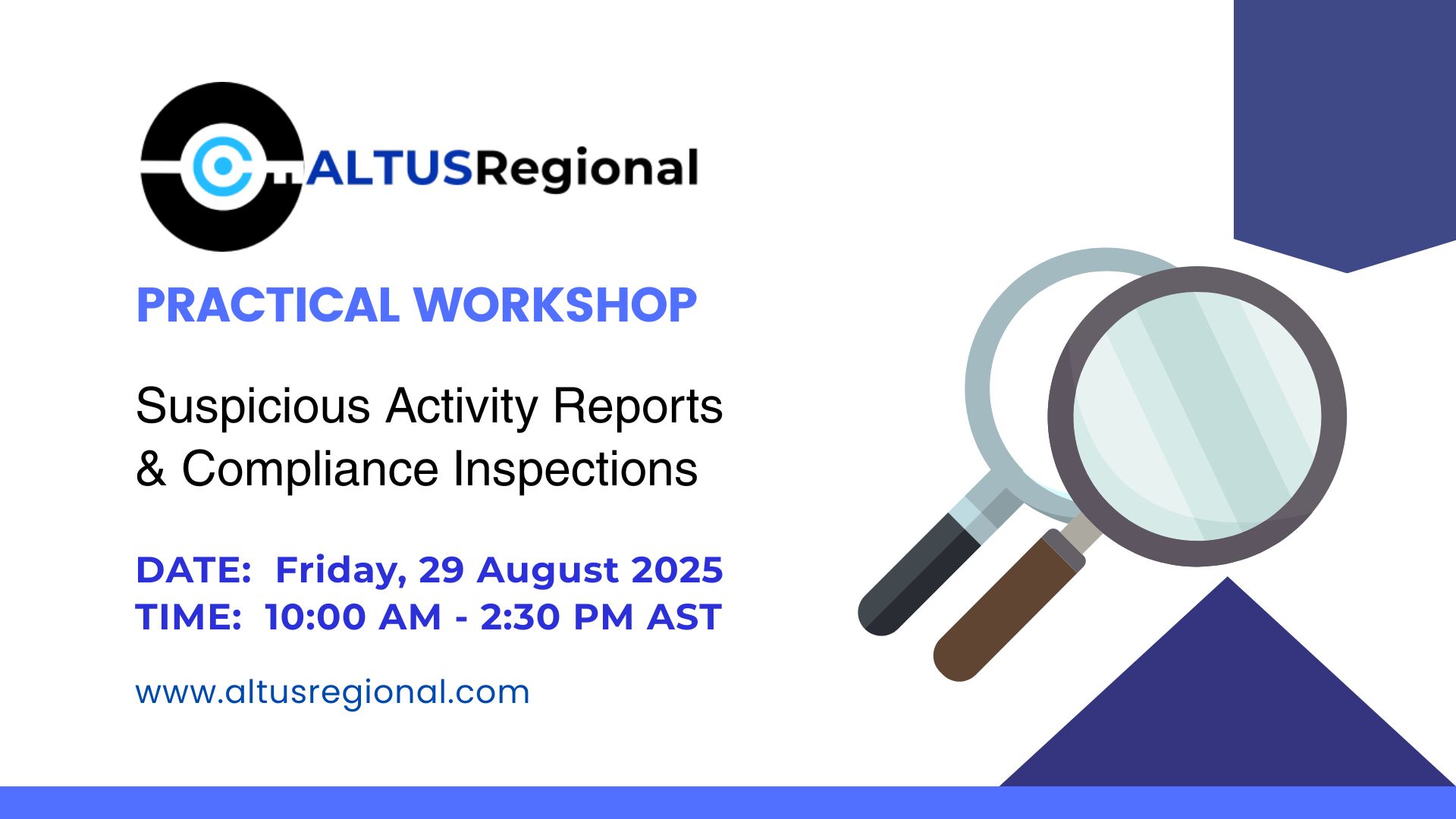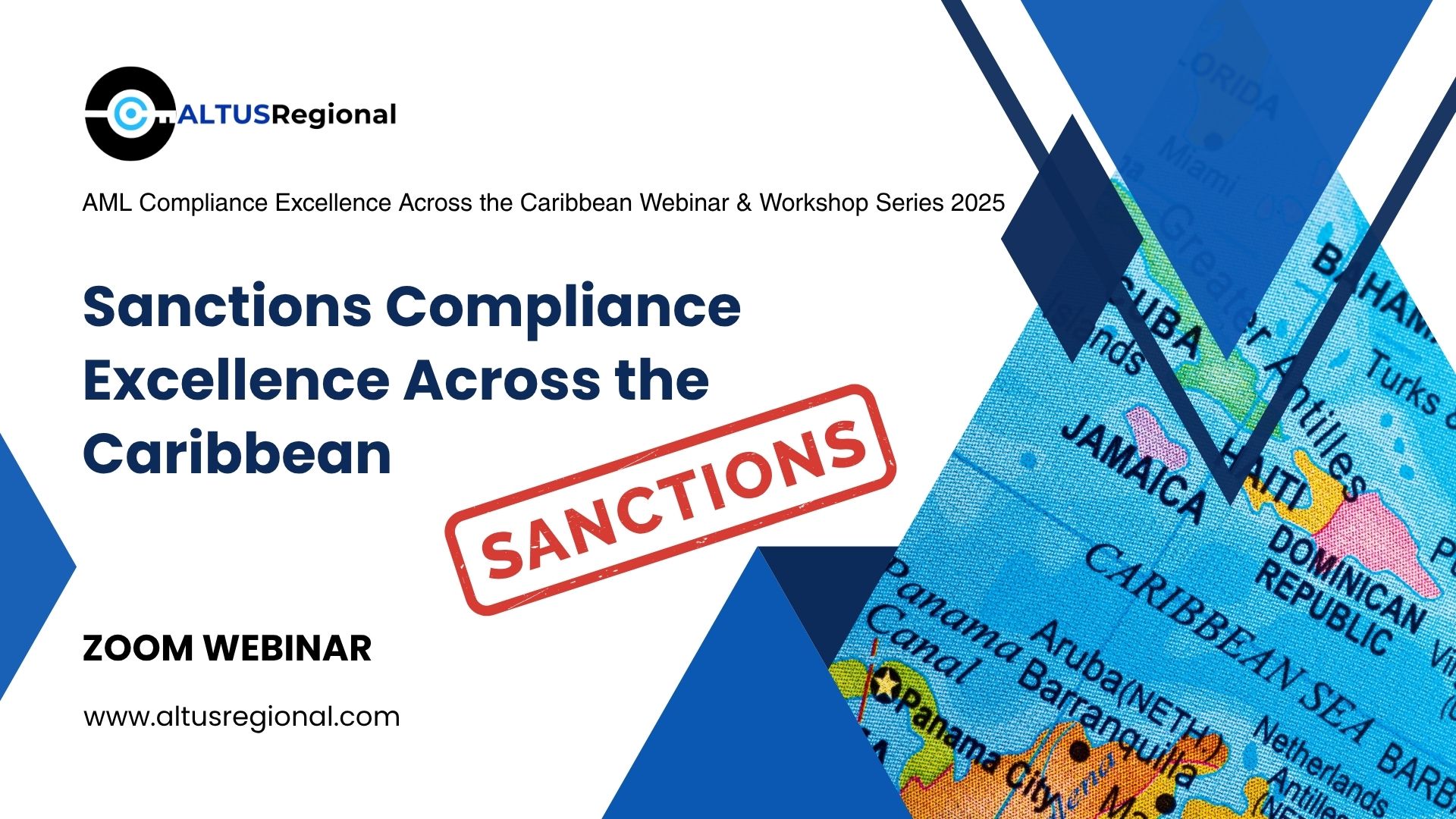The Money Laundering CycleAML/CFT/CPF Compliance
- July 20, 2025
- Posted by: Natalie O. Sandiford, CAMS, LEC, LLM, MSc
- Categories: Corporate & Compliance, General


What Is the Money Laundering Cycle?
The money laundering cycle is a conceptual framework used to describe how illicit funds are disguised and reintroduced into the legitimate economy. While the cycle is often depicted as three distinct stages, in practice, these stages may overlap, occur simultaneously, or be skipped entirely depending on the laundering method:
Stage 1: Placement
Placement is the initial entry point of illicit funds into the financial system. Criminals seek to distance themselves from the origin of the money by depositing it into banks or converting it into assets.
Common techniques of placement include:
- Structuring deposits to avoid reporting thresholds (“smurfing”)
- Using front companies or cash-intensive businesses
- Currency smuggling across borders
- Purchasing foreign exchange or repaying loans with cash
Basel Committee Guidance: The Basel Committee on Banking Supervision (BCBS) serves as the primary global standard setter on prudential regulation of banks and provides a forum for regular cooperation on banking supervisory matters. The Basel Committee brings together central banks and bank supervisors from 28 jurisdictions. The Basel Committee emphasizes that banks must implement robust customer acceptance policies and transaction monitoring systems to detect suspicious placement activities.
Stage 2: Layering
Layering involves creating complex layers of financial transactions to obscure the origin and ownership of the funds.
Examples include:
-
Transferring funds across multiple jurisdictions
-
Investing in real estate, securities, or life insurance
-
Using shell companies and nominee directors
-
Converting funds into digital assets or prepaid cards
FATF Standards: FATF’s 40 Recommendations advocate for a risk-based approach, enhanced due diligence, and beneficial ownership transparency to combat layering.
CFATF Caribbean Typologies: The Caribbean Financial Action Task Force (CFATF) has identified layering risks in sectors such as real estate, gaming, and informal trade across member states.
Stage 3: Integration
Integration is the final stage of the money laundering cycle, where illicit funds are reintroduced into the legitimate economy under the guise of lawful earnings. At this point, the illicit funds have passed through placement and layering and are now positioned to be used freely without raising suspicion.
Methods of integration include:
-
Investing in real estate, often through resale or rental income
-
Launching or acquiring legitimate businesses to mask criminal proceeds as operating revenue
-
Using false invoicing or loan repayments to justify fund movements
-
Purchasing luxury assets (e.g. vehicles, jewelry, art) and reselling them for clean income
-
Distributing dividends or director loans from criminally controlled companies
Integration is particularly dangerous because it allows criminal networks to consolidate power, expand operations, and influence legitimate markets. Once funds are successfully integrated, they can be used to finance further criminal activity, corrupt institutions, or distort economic indicators.
Mechanisms
Actors
and Impact
The money laundering cycle represents a calculated strategy through which criminal enterprises, corrupt officials, and professional enablers sanitize illicit proceeds and inject them into the formal financial system. Each stage is designed to systematically obscure the origin, ownership, and nature of the funds. Placement typically exploits cash-intensive sectors, informal value transfer systems, and complicit financial institutions to initiate the process. Layering then adds complexity, using shell companies, cross-border transfers, and trade-based manipulation to camouflage financial trails. Integration closes the loop by leveraging weak oversight, particularly in real estate, corporate governance, and asset markets, thereby allowing laundered funds to re-enter the economy under the guise of legitimate earnings.
The actors driving the money laundering cycle are diverse yet interconnected. Organized crime groups, from drug cartels to trafficking syndicates, remain key beneficiaries. Politically exposed persons (PEPs) and corrupt officials also participate, often shielded by legal and financial professionals who knowingly or unknowingly facilitate laundering schemes. These enablers, such as lawyers, accountants, trust service providers, all play a critical role in structuring transactions that evade detection. At the global level, terrorist financiers have adopted laundering tactics to disguise funding flows, with increased use of digital tools, offshore structures, and decentralized financial systems. These operations target institutions with weak anti-money laundering (AML) controls, particularly in emerging economies where regulatory capacity is limited, compliance infrastructure is nascent, and supervisory oversight is fragmented.
The economic and systemic consequences of money laundering are profound. Money laundering distorts market competition, allowing criminal-backed firms to undercut legitimate enterprises. It erodes public trust in financial institutions, regulatory authorities, and legal systems, while draining tax revenue and weakening government service delivery. Furthermore, money laundering activities facilitate broader criminal ecosystems, such as corruption, terrorism, trafficking, and expose jurisdictions to reputational damage and sanctions risk. As reported by the United Nations Office on Drugs and Crime (UNODC), the scale of global money laundering may reach 2–5% of global GDP, or up to US$2 trillion annually. Caribbean jurisdictions, with our exposure to offshore financial flows and limited beneficial ownership transparency, face amplified vulnerability. Accordingly, Caribbean jurisdictions require a proactive, harmonized response rooted in regulatory reform, digital resilience, and cross-sector collaboration.
Solution: Fortifying Defenses
While the money laundering cycle offers a simplified model, real-world laundering is dynamic and adaptive. Caribbean jurisdictions must align with global standards while tailoring responses to local vulnerabilities. This includes:
-
Strengthening beneficial ownership registries
-
Enhancing STR reporting and FIU capacity
-
Promoting public-private partnerships
-
Investing in digital compliance tools
By understanding the cycle and its manifestations, stakeholders can better detect, disrupt, and deter illicit finance across the region.
Contribute an Article to our Blog
Past Events
Compliance Excellence in the Caribbean Webinar
-
January 30, 2025
-
11:45 am to 11:45 am
-
ONLINE
Implementing a Risk-Based Approach Workshop
-
June 27, 2025
-
One Day Workshop
-
ONLINE
- 1
- 2
Upcoming Events
Compliance Excellence in the Caribbean Webinar
-
January 30, 2025
-
11:45 am to 11:45 am
-
ONLINE
Implementing a Risk-Based Approach Workshop
-
June 27, 2025
-
One Day Workshop
-
ONLINE
SARs and Compliance Inspections Workshop
-
August 29, 2025
-
One Day Workshop
-
ONLINE
Sanctions Compliance Excellence in the Caribbean- Webinar
-
November 28, 2025
-
11:45 am to 11:45 am
-
ONLINE




